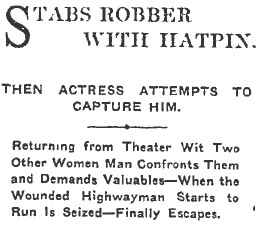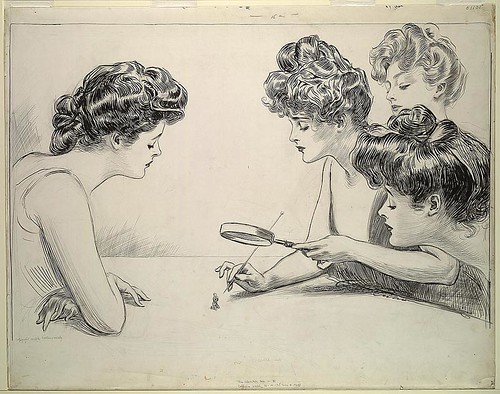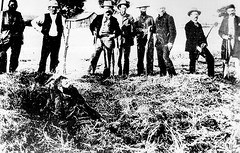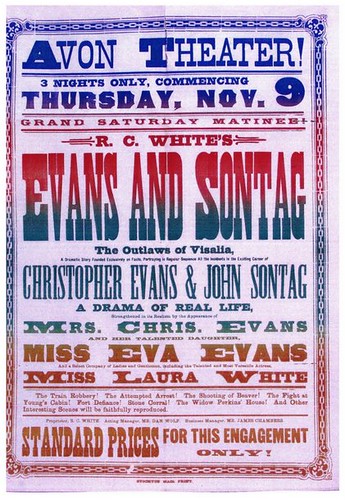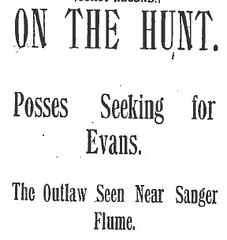
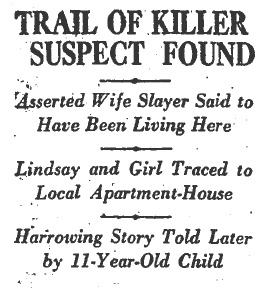
It was a quiet February day in Seattle, Washington when Frank Lindsay ended the argument that he was having with his wife Audrey by bashing her over the head with a hammer, slashing her throat, sewing her body into a burlap bag, and then burying her behind the barn on their property.
 Grabbing his 12 year old foster daughter Pearl Grant, and a few hastily packed bags, Frank fled his home and high-tailed it south. He would later say that he took the girl with him because he thought that traveling with a child would give him a better cover story. It wasn”™t long before he realized that being on the lam with Pearl was a bad idea, and he subsequently abandoned her in a rooming house in Oakland.
Grabbing his 12 year old foster daughter Pearl Grant, and a few hastily packed bags, Frank fled his home and high-tailed it south. He would later say that he took the girl with him because he thought that traveling with a child would give him a better cover story. It wasn”™t long before he realized that being on the lam with Pearl was a bad idea, and he subsequently abandoned her in a rooming house in Oakland.
Frank finally landed in Napa, where he befriended the parents of 11 year old Beatrice Dellamore . He picked fruit alongside the family for several days, eventually convincing the couple to turn the girl over to him. Mr. Lindsay said that he knew a woman with money who could provide Beatrice with everything that she lacked as the child of itinerate laborers. In truth, he kidnapped the girl and took her with him to Los Angeles, where he checked in at the Hotel Cecil for a few nights.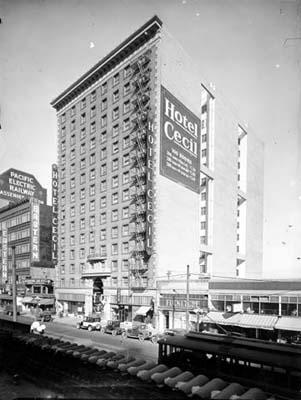
Then Frank did what so many other fugitives had done before him ”“ he sought refuge in a Bunker Hill rooming house.
Representing himself as Mr. R.F. Williams, he told people that Beatrice was his daughter. Lindsay kept the girl for two weeks in the rooming house, and then decided to put her on a bus back to Napa. Upon her return home, Beatrice was able to provide information about Frank, but the elusive spouse slaughterer continued to evade capture.
Audrey”™s brutal slaying and speculation about Frank”™s whereabouts were big news up and down the west coast. However, it wouldn”™t be professional law enforcement officers who would eventually locate Frank, it would be an amateur detective named William Sanborn.
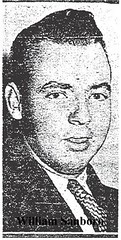 For a few of the months he was on the run, Frank had worked as a fry cook in the restaurant that Sanborn managed on Vermont. When Frank left the job, William lost track of him. William continued to devour his favorite true detective magazines, and in one of them he read a lurid tale about the grisly murder of a Seattle housewife. In the same magazine he found a description of the missing husband who was being sought for the killing ”“ and William strongly suspected that the wanted man was none other than his former cook!
For a few of the months he was on the run, Frank had worked as a fry cook in the restaurant that Sanborn managed on Vermont. When Frank left the job, William lost track of him. William continued to devour his favorite true detective magazines, and in one of them he read a lurid tale about the grisly murder of a Seattle housewife. In the same magazine he found a description of the missing husband who was being sought for the killing ”“ and William strongly suspected that the wanted man was none other than his former cook!
It was by chance that William bumped into Frank at another restaurant on Vermont where the absconder was again employed as a fry cook. Fueled by the spine tingling exploits of the detectives he idolized in his beloved magazines, Sanborn vowed that he would apprehend the killer on his own. During their past conversations, the restaurateur had learned that Frank was a jack of all trades. Not only was he a cook, he was also an accomplished plumber. Sanborn told Lindsay that he needed some work done at his home and, sweetening the pot with the offer of some under-the-table cash, Sanborn was able to get his plumbing repairs completed before he dropped the dime on the wife killer.

As an upstanding citizen and detective wannabe, Sanborn needed to be absolutely sure that he was pursuing the right man. He contacted the homicide squad and was handed a photo of Lindsay, which he immediately identified as an image of his former employee. In a move that was dangerous at best and completely insane at the worst, Sanborn then confronted Frank with the photo at the restaurant where he was working. Frank took the picture and held it in his fingers, thereby conveniently fingerprinting himself. When cops ran the prints, they matched those of the runaway murderer. Detectives turned up at the Stanley Apartments at 210 South Flower later that evening, and took Lindsay into custody without incident.
There were many facts about which Frank hadn”™t been forthcoming ”“ like his real name, which was discovered to be Charles E. Murphy, as well as his place of birth, which was not Massachusetts as he”™d claimed, but rather someplace in the UK. We should give the devil his due though, because at least he was truthful about having served in both the British and U.S. armed forces. However, what he”™d neglected to reveal was that he had deserted from both. And if all of those lies weren”™t enough, it was uncovered that Frank was already married when he met and married Audrey!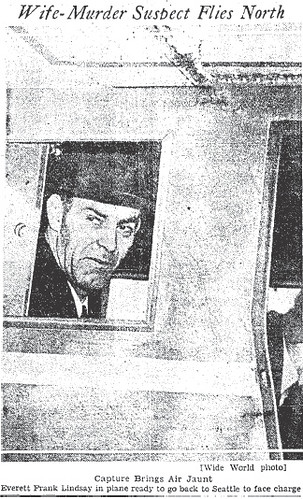
Because Frank had lied about most of the details of his life, police were skeptical of his claim that it was Audrey”™s nagging that had compelled him to spontaneously murder her. And the authorities also didn”™t buy his alternate version of Audrey”™s murder in which he was not the attacker, but instead was valiantly defending himself from certain death at the hands of his enraged wife! His story may have been more credible if he hadn”™t pre-dug the grave into which he”™d dumped Audrey”™s corpse.
It took them a while, but police finally untangled Frank”™s web of lies. They concluded that when Audrey had accused him of the criminal assaults on several young girls in the Seattle area (including attacks on their foster daughters), and then threatened to turn him in, Frank snapped and murdered her.
Frank was shackled and extradited from Los Angeles back to Washington, where he was tried and convicted for Audrey”™s murder. He was sentenced to 65 years in Walla Walla Prison.
The sound of the prison gates slamming shut behind him should have signaled the end of the story, but Frank would make news again in 1947.
Frank was on his best behavior in prison and would eventually earn trustee privileges. By January 1947, he was working as the cook in the warden”™s home. One day, Frank simply walked away from the prison and vanished. On the run for most of the year, he was finally recaptured in a restaurant in Denver, Colorado, where he was found plying his usual culinary trade.After his unsuccessful escape from prison, Frank would disappear from the newspapers entirely.



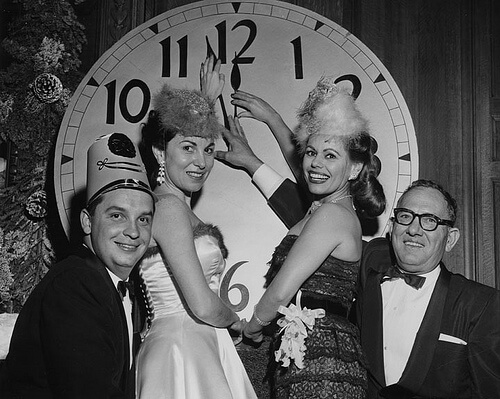

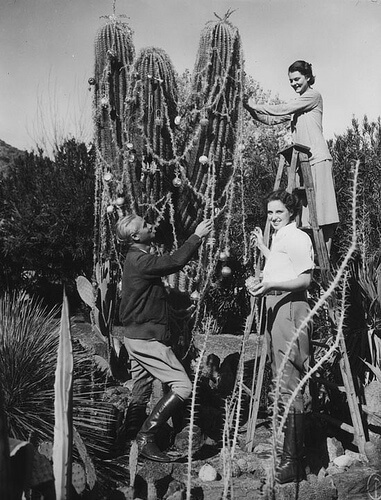

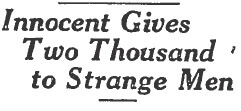

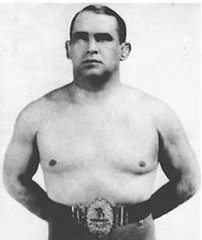


 Grabbing his 12 year old foster daughter Pearl Grant, and a few hastily packed bags, Frank fled his home and high-tailed it south.
Grabbing his 12 year old foster daughter Pearl Grant, and a few hastily packed bags, Frank fled his home and high-tailed it south.
 For a few of the months he was on the run, Frank had worked as a fry cook in the restaurant that Sanborn managed on
For a few of the months he was on the run, Frank had worked as a fry cook in the restaurant that Sanborn managed on 



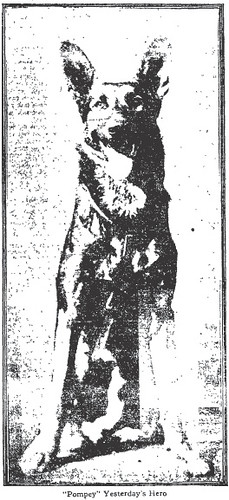 We humans may be nasally challenged with our measly 5 million scent receptors, but German Shepherds have 225 million ”“ and they know how to use them all.
We humans may be nasally challenged with our measly 5 million scent receptors, but German Shepherds have 225 million ”“ and they know how to use them all. 
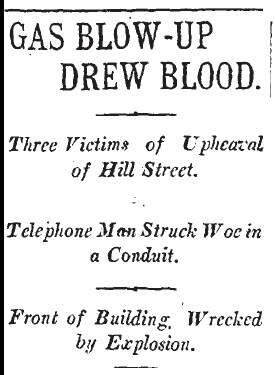

 Harry”™s world caught fire, leaving him dazed and in excruciating pain. The force of the explosion hurled him back against some pipes. The injured man was snapped back to his senses when a second blast thrust him out of the manhole and into the street. He was so violently tossed around that he rolled for a few feet, and then fell backwards through the manhole. Unbelievably, although badly burned, Harry survived.
Harry”™s world caught fire, leaving him dazed and in excruciating pain. The force of the explosion hurled him back against some pipes. The injured man was snapped back to his senses when a second blast thrust him out of the manhole and into the street. He was so violently tossed around that he rolled for a few feet, and then fell backwards through the manhole. Unbelievably, although badly burned, Harry survived.
